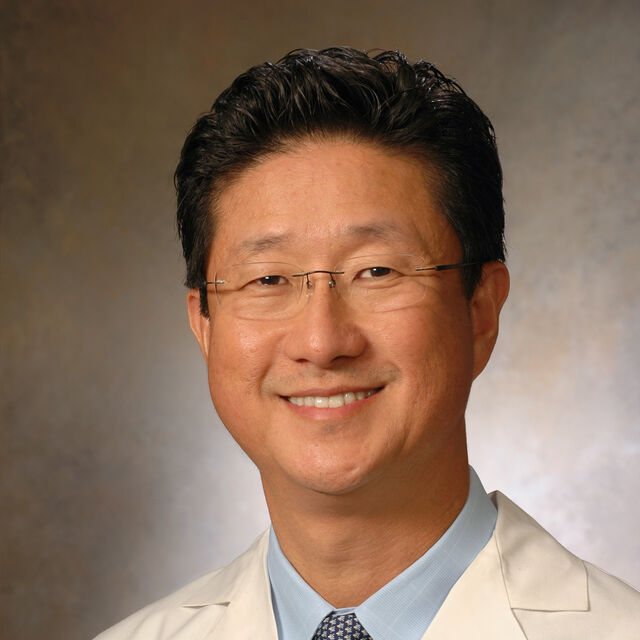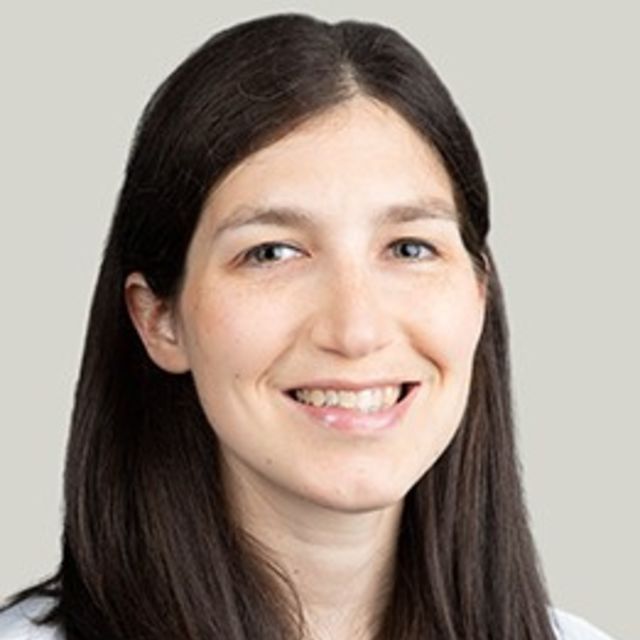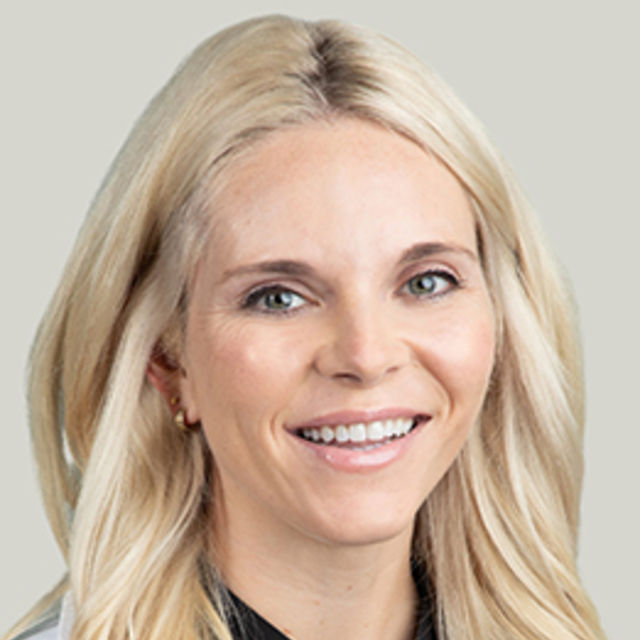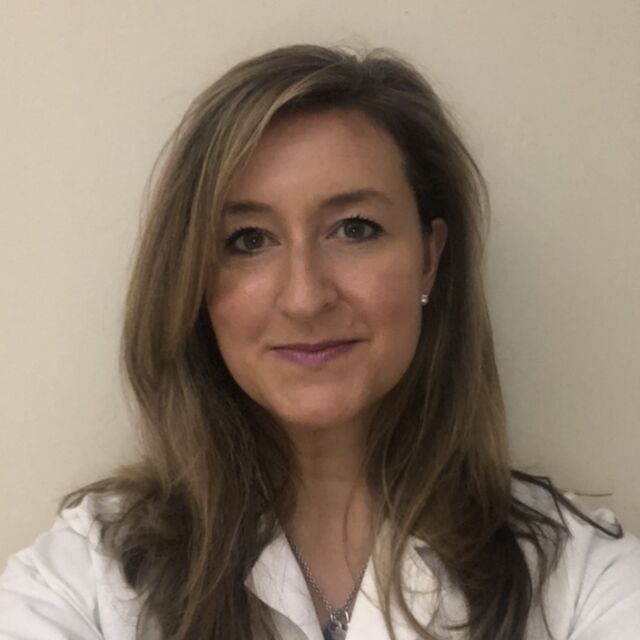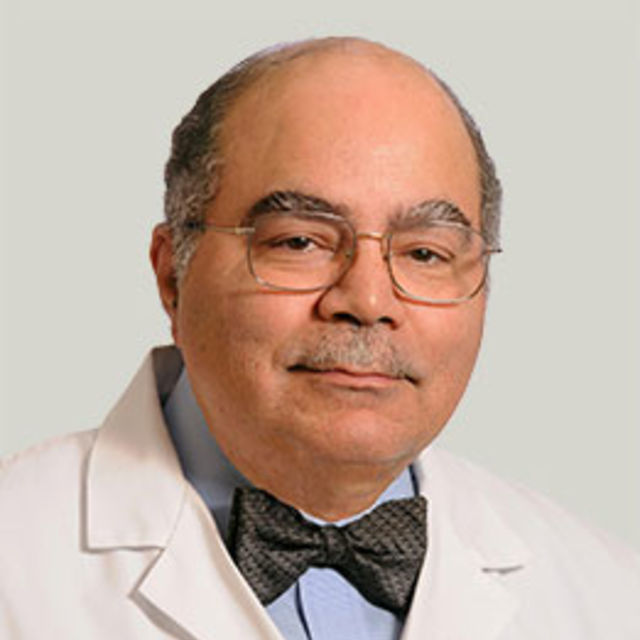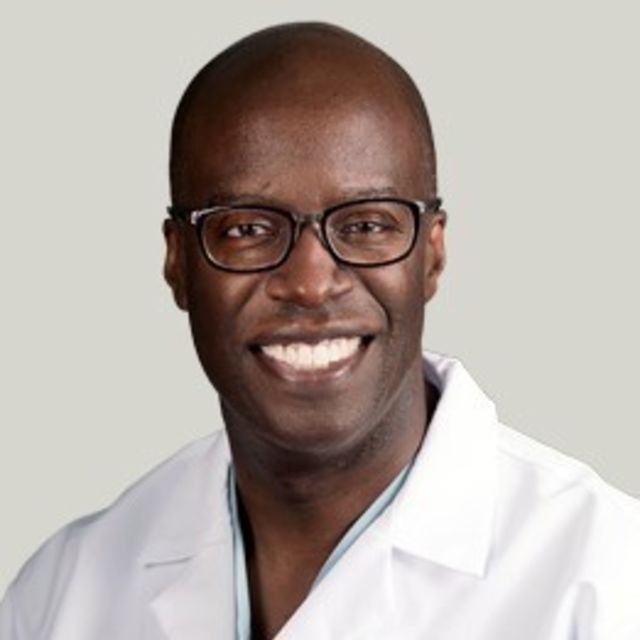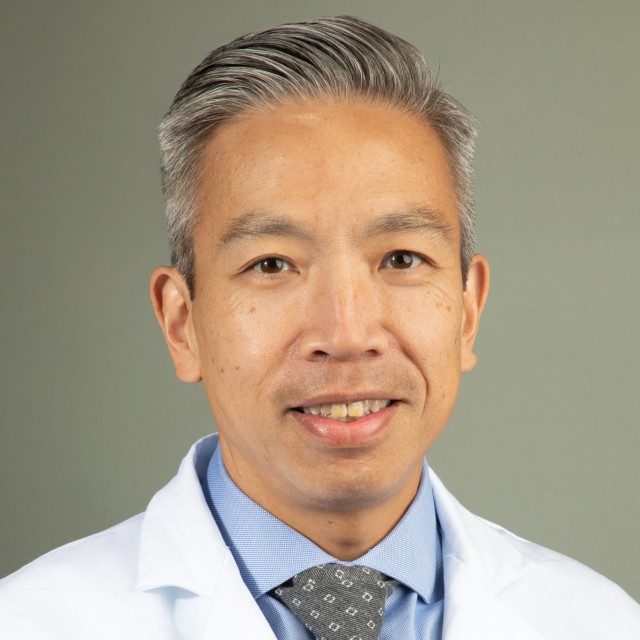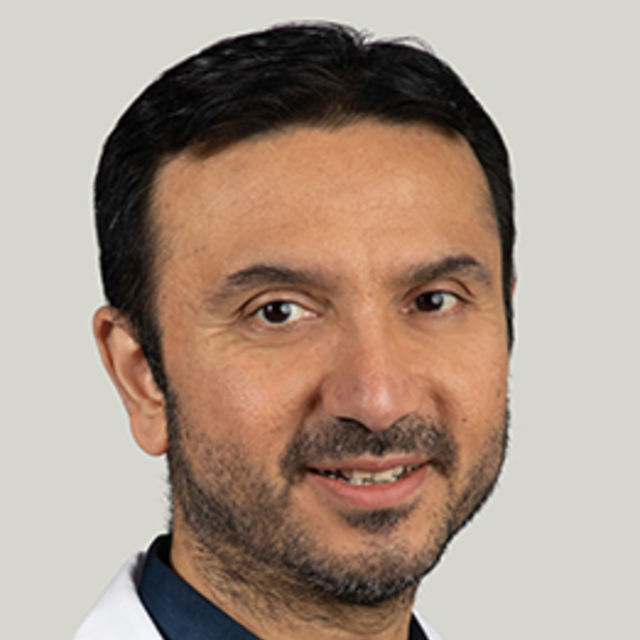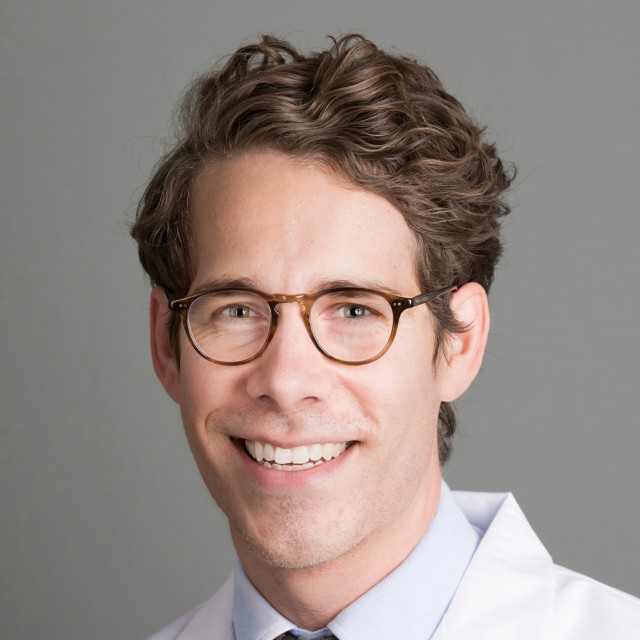Welcome to the University of Chicago Section of Plastic and Reconstructive Surgery
These pages provide information on the wide variety of surgical procedures performed by our team of highly trained surgeons, covering the entire spectrum of plastic, reconstructive, and aesthetic surgery from breast reconstruction to craniomaxillofacial and microsurgery.
Our goal is to provide you with the finest healthcare available in a compassionate and accessible environment. We take pride in being at the forefront of medicine and putting our patients' needs first. Our residents are selected from amongst the top ranked candidates from the U.S. and around the world, while our research facilities continually strive to advance the field through research and innovation.
We welcome your questions and comments, and look forward to providing your care.
For more information, please click here or you can reach us through our call center at 773-702-6302.
The Section of Plastic and Reconstructive Surgery provides a wide range of aesthetic and reconstructive surgeries. The goal of reconstructive surgery is to restore form and function. This requires a carefully formed treatment plan utilizing a host of surgical techniques appropriate to the patient and the setting. At the University of Chicago, the Section of Plastic and Reconstructive Surgery provides reconstructive surgical services in the diagnosis and treatment of a variety of deformities arising from birth defects, abnormal development, trauma or surgery.
In recent years, there have been significant advances in laser technology that improve the skin's quality, function and appearance. We utilize a variety of "smart" lasers to treat common skin conditions with minimal scarring. These include vascular birthmarks, spider veins, hemangiornas, freckles, fine wrinkling of the skin and tattoos. We are at the forefront in scar treatment research. With six wound-healing laboratories, physicians are able to investigate new ways to treat hypertrophic and keloid scars as well as minimize or reverse the effects of burn scars. Our advances in tissue engineering and microsurgical tissue transfer have brought us to the leading edge of reconstructive surgery.
Some of the reconstructive surgeries we perform include:
The Section of Plastic and Reconstructive Surgery is nationally recognized for both clinical and basic research and has major external and federal funding for its research program including awards from the National Institutes of Health and American Society of Maxillofacial Surgeons. The section conducts a broad range of both basic and clinical research, including: electrical trauma, tissue transplantation and regeneration, craniofacial bone biology and healing, acellular regenerative dermal matrix for breast reconstruction as well as wound healing and bioengineering.
The Section of Plastic Surgery conducts an accredited six-year integrated Plastic & Reconstructive Residency program based at The University of Chicago Medicine. Three residents are accepted each year from the NRMP match, among a pool of talented fourth-year medical students and matriculate as PGY-1 residents into the training program.
We have a Microsurgery Fellowship and started a Burn Fellowship in 2021.
History of Plastic and Reconstructive Surgery at the University of Chicago
- 1966-1975: In 1966, Harvey Zarem was appointed the first Chief of Plastic and Reconstructive Surgery at the University of Chicago.
- 1975-1983: During this time, Martin C. Robson became the next Chief and started the first Plastic and Reconstructive Surgery Residency Program at the University of Chicago. He also built the Burn Unit and started one of the first transgender programs in the country. In the continued growth of the section, he recruited Robert Parsons, former Chief at Walter Reid, to join the faculty.
- 1983-1985: In 1983, Robert Parsons served as Interim-Chief. The next year, Lawrence J. Gottlieb joined the faculty.
- 1985-1988: In 1985, Thomas J. Krizek was recruited as the Chief Lawrence Zachary joined the faculty in 1986. The same year, Zachary and Gottlieb were the first to perform a radial forearm phalloplasty in the United States. Thomas Krizek was then promoted to Chairman of the Department of Surgery and within a few years was also named as interim Dean of the Division of Biological Sciences at the University of Chicago.
- 1988-1990: In 1988, Larry Gottlieb was appointed as Chief of Plastic and Reconstructive Surgery and Residency Program Director. Raphael Lee joined the faculty in 1989 and started an active, well-funded research laboratory.
- 1990-1994: In 1990, Larry Gottlieb stepped down from his position as section Chief after which Krizek, Block and Lee each served as Interim- Chief.
- 1994-2004: In 1994, Robert Walton was recruited as the next Chief of Plastic and Reconstructive Surgery and Residency Program Director. In 2001, he recruited former resident and fellow, David Song, who served as a Program Director.
- 2004-2016: In 2004, David Song was promoted to section Chief of Plastic and Reconstructive Surgery. Russell Reid was recruited in 2006 as the Bernard Sarnat Scholar of Craniofacial Research and Director of the Cleft Lip and Palate Team. Between 2010-2016, Julie Park served as the Residency Program Director. In 2013, David Chang was recruited to build a Lymphedema program.
- 2016-Present: In 2016, David Chang was named Interim-Chief, and the following year was appointed as Chief of Plastic and Reconstructive Surgery. The same year, Russell Reid was appointed as the next Residency Program Director. The Plastic Surgery Residency Program complement increased from 2 residents per year to 3 per year (from 12 to 16 total residents). Meanwhile, the Microsurgery Fellowship developed a reputation as a premier program, attracting top candidates worldwide. In 2020, a Burn Surgery Fellowship was developed by the section. Simultaneously, the University of Chicago was named as one of the first Comprehensive Centers of Excellence for Lymphatic Diseases in the US in 2020.
The section is comprised of diverse and talented individuals who are dedicated to providing comprehensive care to patients. They offer state of the art training to our residents and fellows, while concurrently making new discoveries and remaining at the forefront of Plastic and Reconstructive Surgery.
Elizabeth Burke
Alan Chen
Sara Dickie
Peter Geldner
Lawrence Iteld
Sameer M Kapadia
Sanjay Naran
Akhil Seth
Mark Sisco
John Smetona
Michael Stosich
David Teplica
